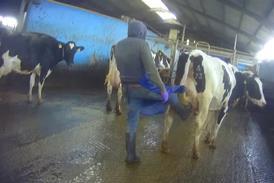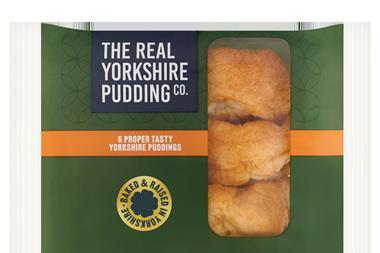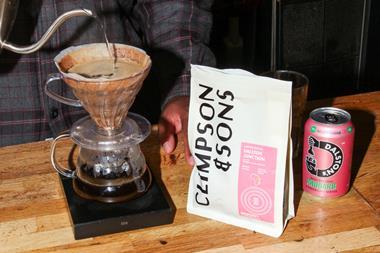UK calf prices have doubled since the resumption of normal beef exports.
Live calf exports began just a month ago, yet already some dairy producers have seen the value of their calves reaching a level that is twice what it was just four weeks ago.
In 1995, prior to the ban on exports, around 426,000 live calves were exported.
The rise in calf prices during the past four weeks signifies the optimism that some of this live export market can be recaptured.
"The resumption of normal beef exports for the UK puts a massive opportunity in front of the industry," said the National Beef Association's chief executive Robert Forster. "After a 10-year gap, producers cannot be expected to grab and pocket these opportunities in just a month. The signs are nevertheless positive."
The most significant price increase has been for black-and-white dairy bull calves, which are suitable for the Continental veal market. For the first two months of 2006, these averaged a price of £11 per head. But since then their value had more than doubled to £25.50 per head by the end of May, according to MLC market report figures.
Tom Hind, NFU chief dairy adviser said: "The increase in dairy bull calf prices is welcome news for dairy producers who have struggled to get any additional income from these calves. Now, at last, there's some energy in the market. The numbers being exported are still relatively small compared with the volumes in 1994 and 1995 - less than 1,000 head so far - but there is a renewed interest in dairy beef."
The current thinking is that this increase won't have a major impact on British beef prices.
Hereford and Continental cross calf prices have also risen, but on a smaller scale. Hereford bull calves averaged around £60 per head in the first two months of 2006 and this had risen to £80 by the end of last month.
Continental cross bull calf prices have also risen by a third over the same period to average £137 per head.
Both types of calf are predominantly reared and finished in the UK.
Live calf exports began just a month ago, yet already some dairy producers have seen the value of their calves reaching a level that is twice what it was just four weeks ago.
In 1995, prior to the ban on exports, around 426,000 live calves were exported.
The rise in calf prices during the past four weeks signifies the optimism that some of this live export market can be recaptured.
"The resumption of normal beef exports for the UK puts a massive opportunity in front of the industry," said the National Beef Association's chief executive Robert Forster. "After a 10-year gap, producers cannot be expected to grab and pocket these opportunities in just a month. The signs are nevertheless positive."
The most significant price increase has been for black-and-white dairy bull calves, which are suitable for the Continental veal market. For the first two months of 2006, these averaged a price of £11 per head. But since then their value had more than doubled to £25.50 per head by the end of May, according to MLC market report figures.
Tom Hind, NFU chief dairy adviser said: "The increase in dairy bull calf prices is welcome news for dairy producers who have struggled to get any additional income from these calves. Now, at last, there's some energy in the market. The numbers being exported are still relatively small compared with the volumes in 1994 and 1995 - less than 1,000 head so far - but there is a renewed interest in dairy beef."
The current thinking is that this increase won't have a major impact on British beef prices.
Hereford and Continental cross calf prices have also risen, but on a smaller scale. Hereford bull calves averaged around £60 per head in the first two months of 2006 and this had risen to £80 by the end of last month.
Continental cross bull calf prices have also risen by a third over the same period to average £137 per head.
Both types of calf are predominantly reared and finished in the UK.


















No comments yet